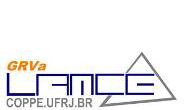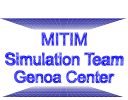EMSS 2014 Proceeding
Production of compost for mushroom cultivation: a life cycle assessment study
Authors: Francisco J. Leiva-Lázaro, Julio Blanco-Fernández, Eduardo Martínez-Cámara, Emilio Jiménez-Macías
Abstract
. The composting process is an important part in the reuse of waste materials, especially those that are not recycled. Besides helping to reuse these products, the composting process significantly reduces air emissions and pollutants, compared to other processes. There are a wide variety of composting techniques. Windrow composting is the most used worldwide. In this study the tunnel composting process with forced aeration for growing Agaricus Bisporus is studied. The composting process mainly consists of two phases, a tunnel composting phase and a pasteurisation phase in closed chambers. During the first phase a pile of compost with three turns, forced aeration, controlled temperature, humidity and CO2 emission, is analyzed. In the second phase, the temperature, forced aeration, controlled temperature, humidity, CO2 emission and the content of ammonia in the compost pile are controlled. The parameters for the entire process are constantly monitored and modified according to the needs of the process. The results of this study indicate that the time required inside the composting tunnels and the weather conditions are directly related. A pile of compost needs more time inside tunnels in cold and wet seasons, as temperature and humidity are important parameters to control during the composting process.
 2014
2014








































